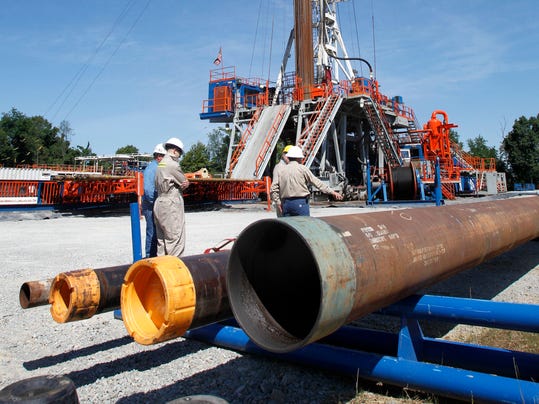 Not long ago, the domestic supply of natural gas was so limited that facilities were constructed in U.S. ports to import natural gas. However, fracking changed the supply situation. Now, the United States produces more natural gas than it can use. As a result, prices have plummeted to approximately $4 per thousand cubic feet.
Not long ago, the domestic supply of natural gas was so limited that facilities were constructed in U.S. ports to import natural gas. However, fracking changed the supply situation. Now, the United States produces more natural gas than it can use. As a result, prices have plummeted to approximately $4 per thousand cubic feet.
In 2012, during the worst of the glut, the Henry Hub price dropped below $2 per thousand cubic feet. The spot price for gas is set in the New York futures market, based on trades at a Louisiana collection center known as the Henry Hub. Comparatively, the industry is generally profitable when gas is sold between $4 and $6.
Low prices — meaning cheap power — have also helped American manufacturers; at $5 per thousand cubic feet, gas is equivalent to $25 to $30 per barrel of crude oil. But for natural gas producers, the glut of natural gas has posed difficulties. The fuel cannot be easily stored, unlike oil, and as a result, drilling is costing companies more than they can make selling the product.
Plunging prices, along with disappointing wells, have also spawned a series of write-downs of oil and gas shale assets, and oil companies are now exercising much more caution when purchasing land, which until recently was gobbled up. In particular, BHP Billiton and Royal Dutch Shell are slowing spending significantly. They are also redirecting their spending.
Unable to justify the acquisition of more land because fields bought during the 2009 through 2012 boom remain below purchase price, they are developing current projects, analysts told Bloomberg. As a result, acquisitions of North American energy assets dropped to the lowest level since 2004 during the first half of 2013.
